Vietnam. Two worlds and the war
The wonderful book of recent years, “Why Nations Fail,” by economists Daron Acemoglu and James Robinson, tells in detail why some countries became rich while others fell into poverty.
The authors compare the history of the United States and Mexico, England and Austria-Hungary, China and the USSR, and systematically refute speculations that prosperity depends on climate, ethnicity, culture, or geographical location of a country.
However, to understand this, it is enough to look at South Korea and North Korea: historically, they are the same people with a unified culture and language, in similar climatic conditions, on the same piece of land, yet they managed to diverge to extremes. One country became a leading economy, while the other became one of the poorest nations in the world.
You can’t attribute this difference to mentality. Comparing the two Koreas, you don’t even need any scientific works to understand: a country’s development depends on its policies. Everything else is secondary and ultimately plays almost no role. The catastrophe of North Korea is such a vivid example of what communism can lead a country to that at first, you refuse to believe it. Perhaps it’s not about communism but their insane “Juche ideology”? Maybe it’s a personal illness of North Korea, just an unsuccessful implementation rather than a regularity?
The author visited Vietnam while still reading the book and was shocked. It contains so many examples and comparisons, but nothing is said about Vietnam. Meanwhile, North and South Vietnam, two regions of the same country, differ radically from each other. They are two different worlds; another striking example of how politics can influence the prosperity of a society, no less significant than Korea and North Korea.
⁂
Vietnam is like a long and narrow drip on the right bank of the Indochinese Peninsula. The country widens to the north and south, while in the middle, it becomes very narrow. During the Vietnam War, this narrow strip separated the north and the south with a demilitarized zone running along the 17th parallel.
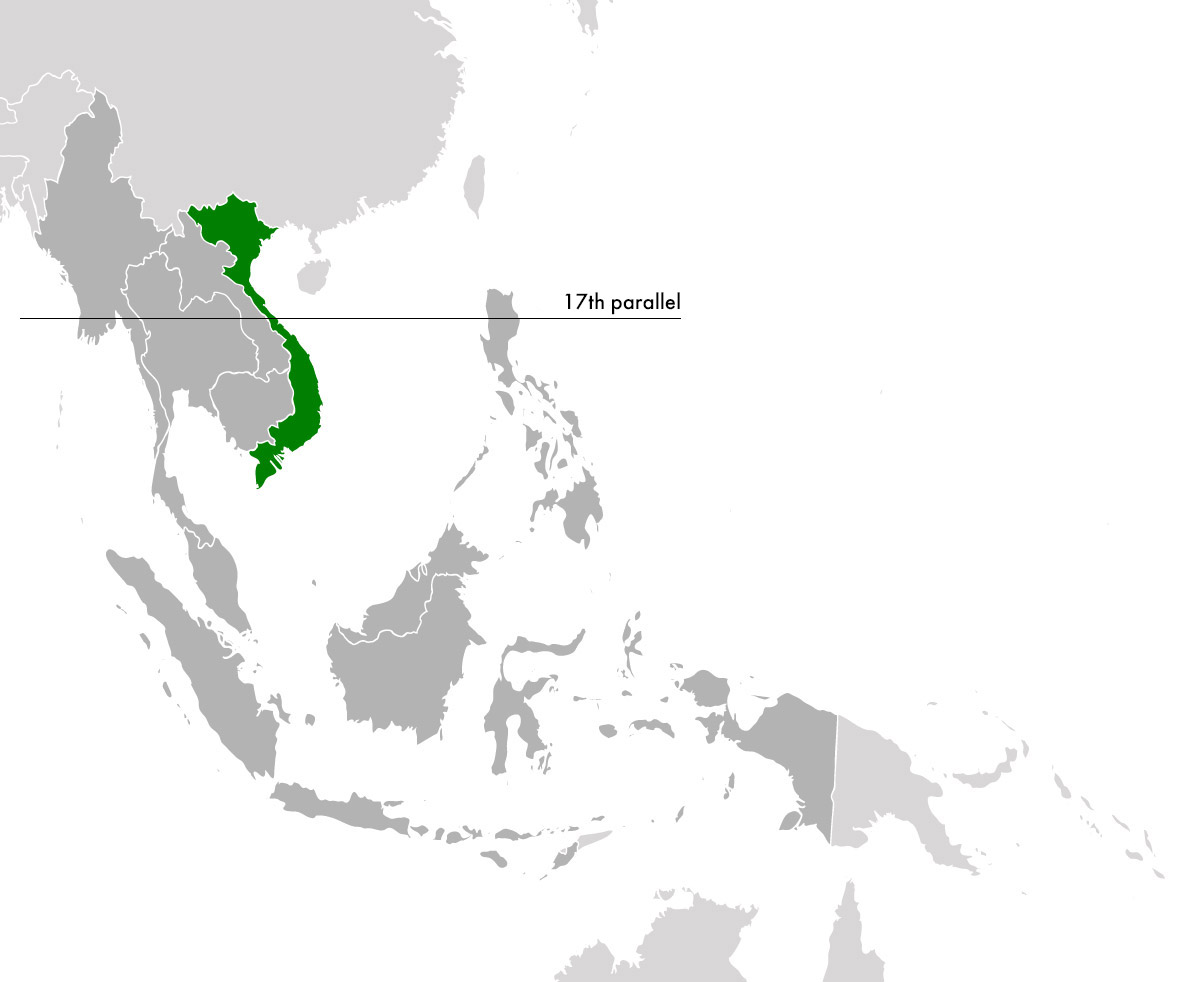
Prior to the whole communist upheaval, Vietnam belonged to France as a colonial possession for nearly a hundred years. In essence, it was occupied.
Of course, like many occupying colonizers, France built in Vietnam factories and plants cities according to its own image and likeness. The historical center of Hanoi is still characterized by beautiful colonial architecture.

The reader might think it’s a joke. In reality, it is not. This is what remains of the colonial era. If you remove all the makeshift additions, get rid of wires, advertisements, and unsightly attics, the city will flourish.
The problem is that there is so much dirt in Hanoi now that even these remnants of architecture are impossible to notice. Firstly, these buildings haven’t been cleaned since the war. Secondly, it is impossible to stop on the street and examine anything: people and scooters will sweep you away in a second.
And even a well-preserved house is hard to come by. Right now, they look like barracks.

But the reader can be assured: in the past, Hanoi was a charming and cozy town. This is evidenced by numerous embassy buildings that have been beautifully preserved.

However, beautiful houses are always just a modest positive aspect of colonization, a kind of offering resulting from the fact that the colonizers themselves live on seized territory. Of course, the French did not come to Vietnam to build houses. They had different goals: to exploit cheap labor for their own enrichment.
The fact that an occupying state builds factories and plants at throwaway prices to hire thousands of workers is an interesting fact. However, it is merely a necessary means to achieve their goal of enrichment and not a desire to develop the economy of the conquered country. We are talking about France here, reader. Don’t take it personally.
Therefore, as always and everywhere, France sent opponents of its regime to strict prisons. One such prison, Hanoi Hilton, has now been transformed into a museum filled with crude concrete sculptures depicting the prisoners.

The French occupation quietly continued until the Second World War, and nothing foreshadowed disaster until the former empire received a blow from Hitler and a kick from Japan, which in the final stages of the war expelled the colonizers from Vietnam and destabilized years of stability.
Taking advantage of the absence of strong authority, the resourceful comrade Ho Chi Minh swiftly utilized an underground circle of communists called Viet Minh, declaring the establishment of a new republic.
The new ideology, led by a charismatic leader, spread rapidly. By the time France recovered from the Second World War, North Vietnam was already firmly in the hands of Ho Chi Minh. As a result, France decided to regain control over its former colony from the south, with the capital city of Saigon.
All of this happened 20 years before the events now referred to as the “Vietnam War.” The United States began its bloody ordeal with flamethrowers much later. France’s colonial war, lasting 10 years, ended in failure, tearing the country apart into North and South Vietnam with a demilitarized zone in between. In the north, the communist regime led by the father of all Vietnamese, Ho Chi Minh, persisted and established itself with the support of China. In the south, colonial capitalism survived under the leadership of Prime Minister Ngo Dinh Diem and France.
Of course, the division of the country couldn’t be left without consequences. The communists from the north established an underground leadership under Diem and engaged in political purges: they eliminated several thousand officials from the country’s leadership and even more civilians. They organized a powerful guerrilla movement and facilitated the transfer of weapons along the famous “Ho Chi Minh Trail” through neighboring Laos and Cambodia, where coincidentally communist regimes also came to power.
And from this point on, the United States started to come into play, having deployed tens of thousands of soldiers to South Vietnam within 5 years. By that time, Diem had met his demise, and North Vietnam eventually sent its regular army to the south. Then the Gulf of Tonkin incident occurred, and in 1965 it all began.
The war
It should be stated right away that no sane person, whether they are a communist or a liberal, can support the methods of warfare employed by the United States. America turned Vietnam into a massive testing ground for inhumane experiments.
In the center of Saigon, there is now a war museum. The first “exhibit,” a shining result of American intervention, is encountered right on the street: among rows of captured military vehicles, near the glass entrance doors, sits a man in a wheelchair, legless, with an atrophied arm up to the elbow and a severely disfigured face. At first glance, he appears to be an ordinary beggar, thus not making it into photographs. But that would be a mistake. This person is a victim of a phosphorus bomb attack. You truly understand this when you find yourself inside the museum, seeing entire walls filled with horrifying photographs of similarly disfigured people like him.

In the Vietnam War, Americans deployed, perhaps, all types of horrific weapons, such as acid rain, cloud seeding with chemicals, atmospheric acidification, defoliants, herbicides, heavy chemicals, bromoacetone and chloroacetophenone gases, dioxin, phosphorus bombs, and the old good napalm.
Napalm. The burning stream of thickened gasoline erupting from a flamethrower, reaching several dozen meters and ruthlessly incinerating everything around to hell and back, is one of the most terrifying weapons in history. Instances of napalm use can be counted on fingers. Vietnam is the most well-known example of mass incineration of people with this monstrous weapon. Everyone knows the photograph of the fleeing children that ultimately shattered the credibility of the United States in the Vietnam War when it made its way into the press.

That famous “napalm girl” got off lightly: only her skin peeled off all over her body. At least she survived.
The consequences of napalm usage were so nightmarish that in 1980, the United Nations adopted a convention banning its use against civilian populations. The United States only signed this protocol under Barack Obama, nearly 30 years later.
But even napalm is nothing compared to the chemicals that were sprayed in Vietnam supposedly to destroy impenetrable jungles. The real catastrophe, essentially equating war to genocide and making it comparable to crimes of the Third Reich, became a special mixture of defoliants and herbicides called “Agent Orange.”
At the Saigon museum, the consequences of “Agent Orange” are presented in a separate room painted in orange color. And here I am compelled to leave the reader without comments.


The war lasted a total of ten years. The withdrawal of troops under the pretext of “honorable peace” was initiated by President Richard Nixon and took a full five years until he resigned due to a high-profile case. After another year, Saigon was finally taken under the control of North Vietnam and the war ended.
It should be noted that the military tribunal, which the then American leadership still mourns to this day, remained only in the papers of Bertrand Russell.
Two worlds
This is Hanoi today. The capital of North Vietnam, victorious in the war.

And this is Saigon today. It is now called Ho Chi Minh City. The capital of South Vietnam, defeated and severely devastated.

Skyscrapers are gradually rising in Hanoi.
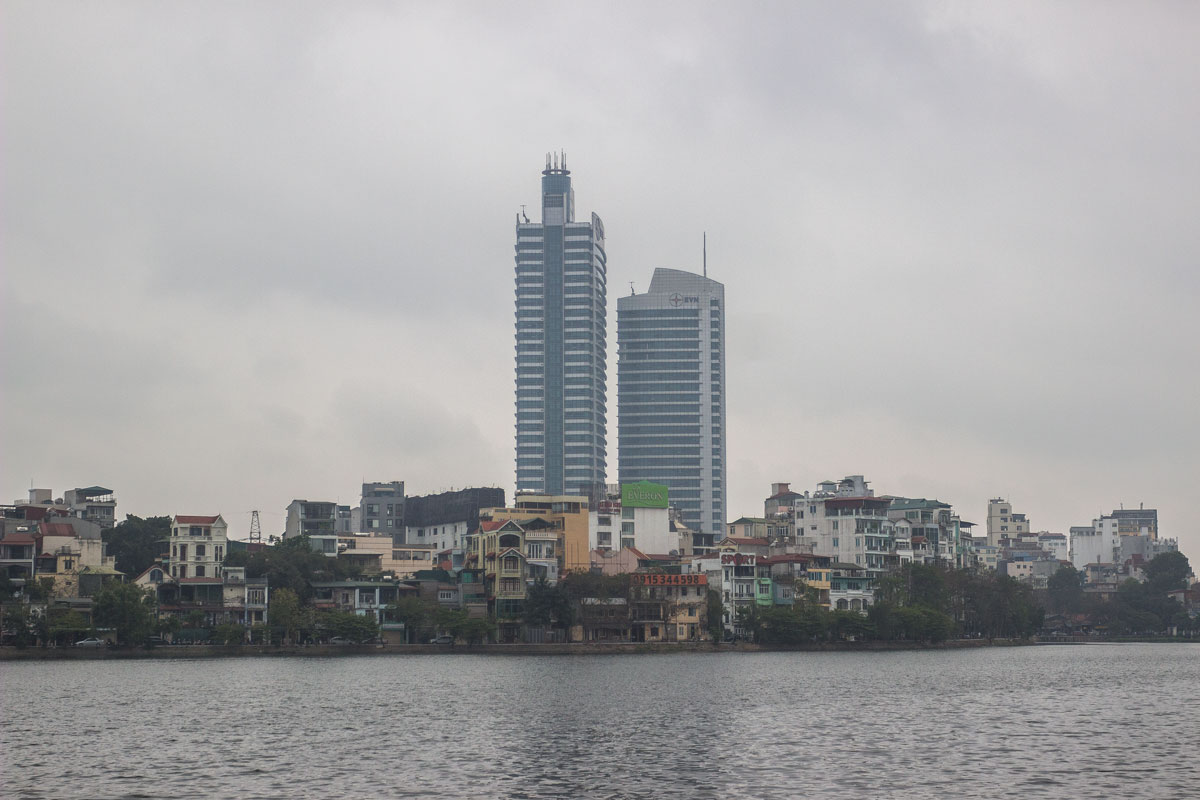
Saigon has long been filled with them.




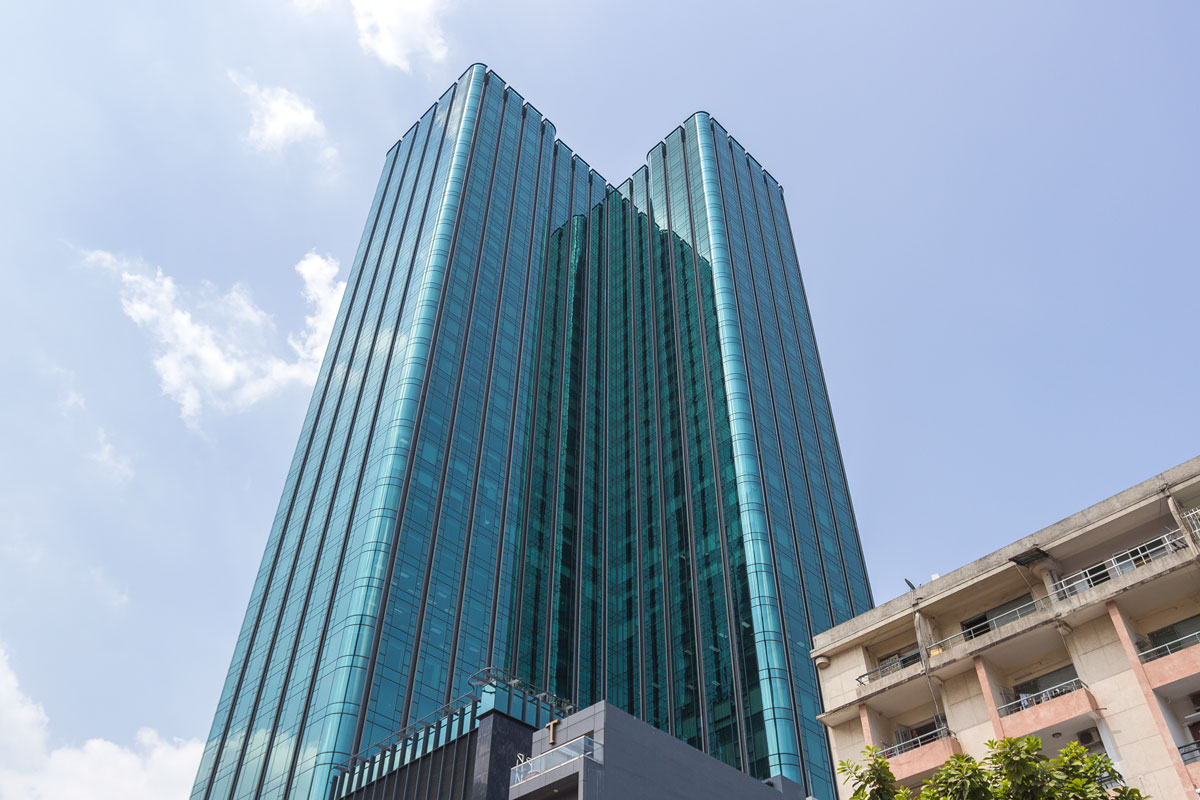
A typical scene in Hanoi.
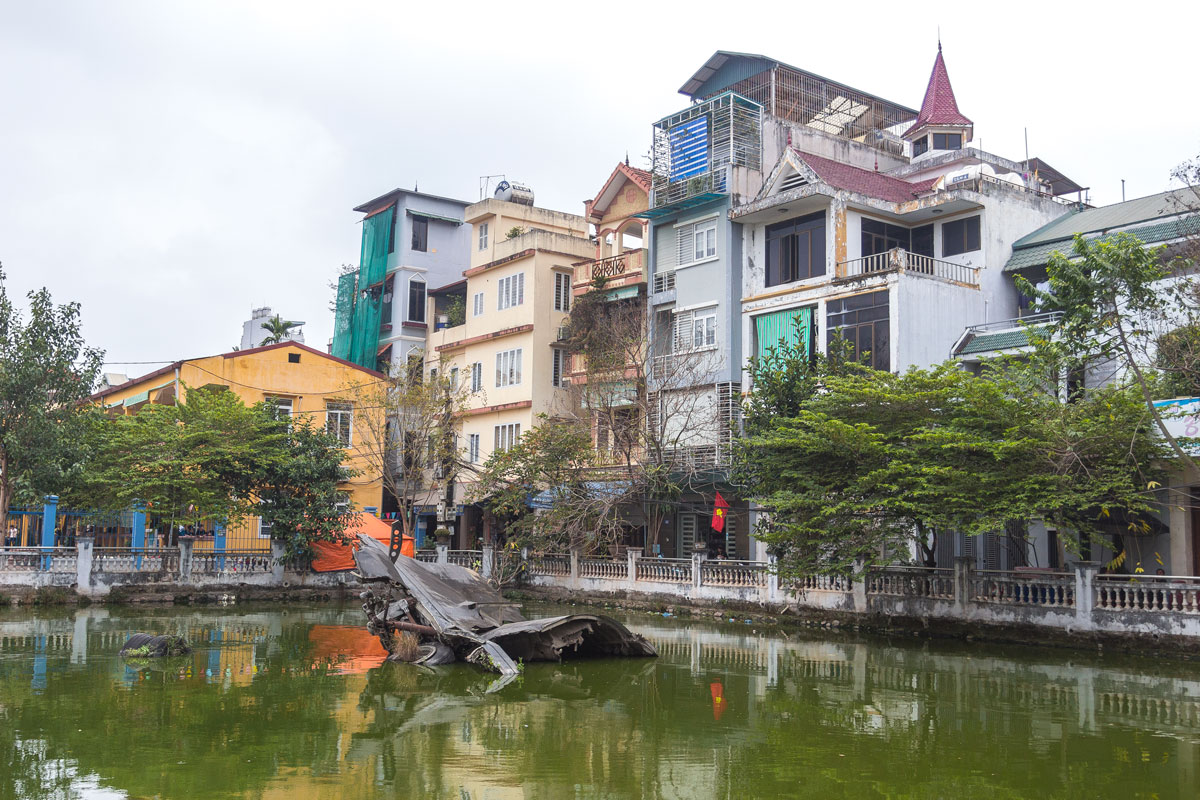
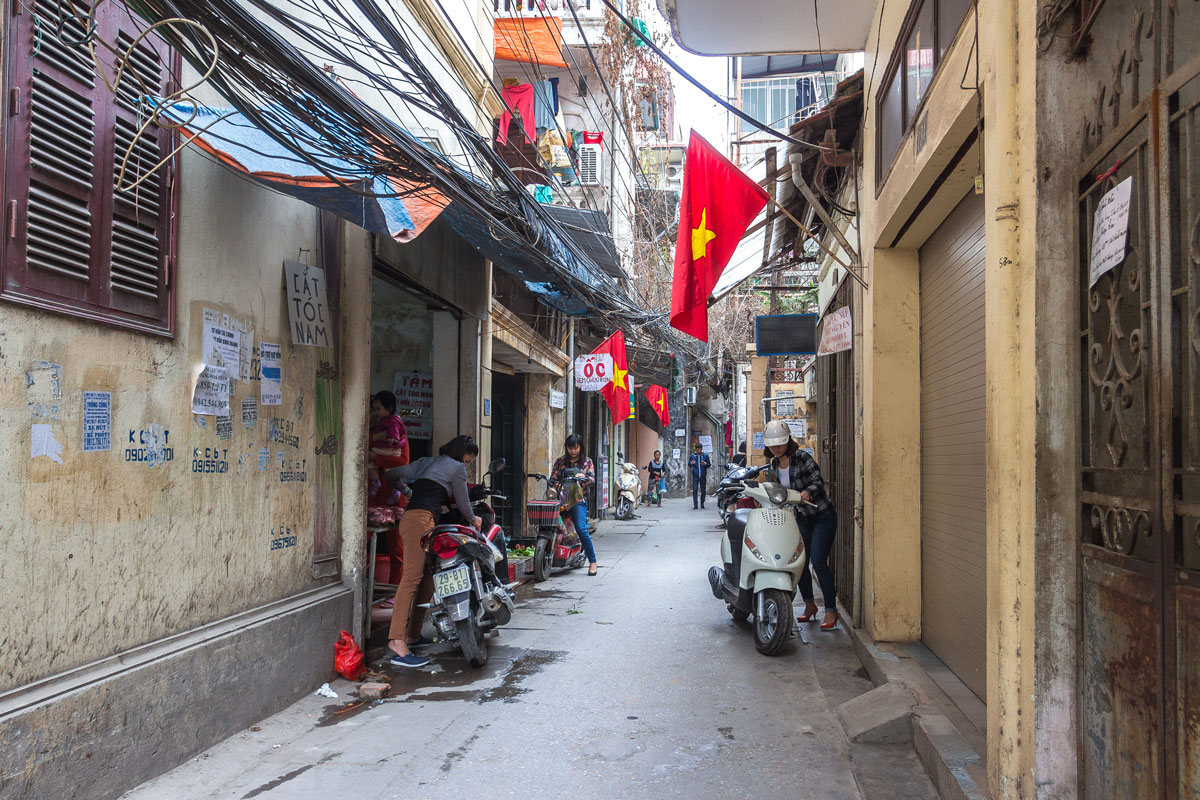




There is no typical scene in Saigon. Unlike Hanoi, here you can find expensive modern districts alongside poorer old buildings. Overall, the city appears to be much more developed. The contrast between the north and south is similar to that between India and Europe.







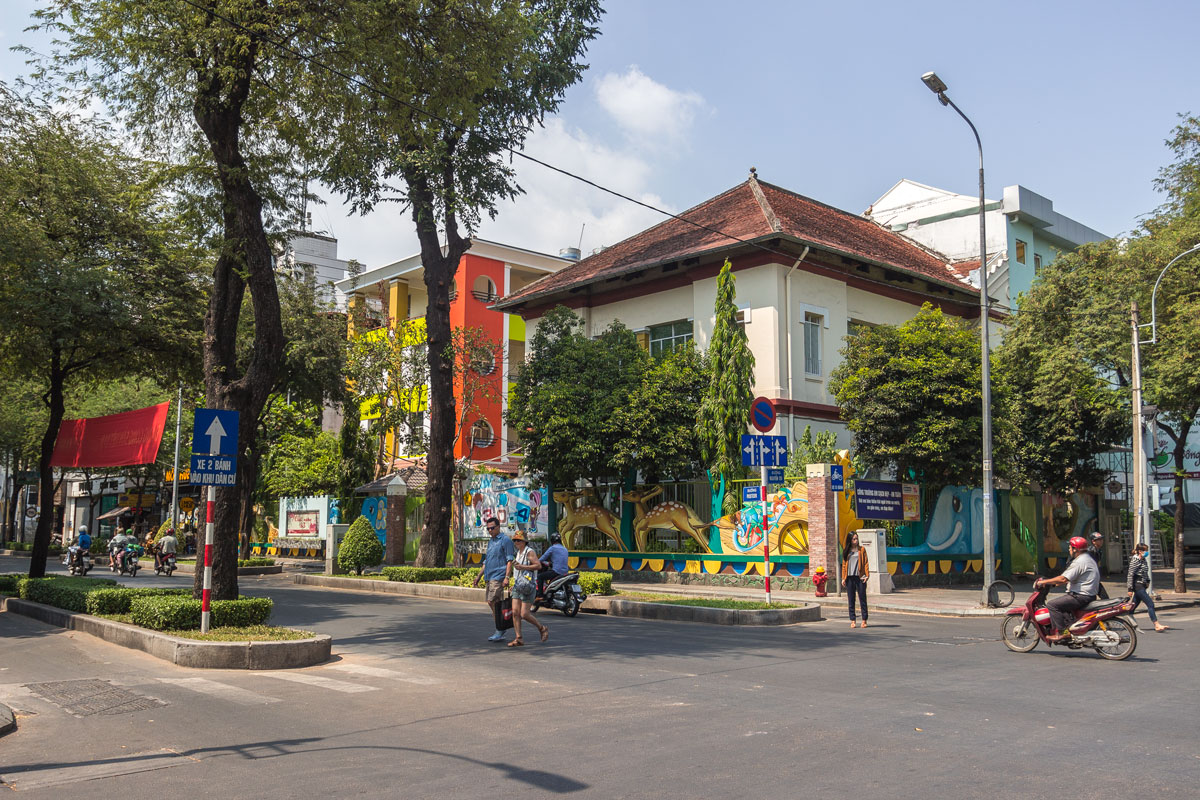
The slums of Hanoi are multi-story barracks located practically in the middle of the city. In principle, there is no need to even search for them. It is nearly impossible to distinguish areas officially referred to as “slums” from regular residential neighborhoods just by looking at them. Approximately 80% of the city is occupied by equally impoverished buildings.


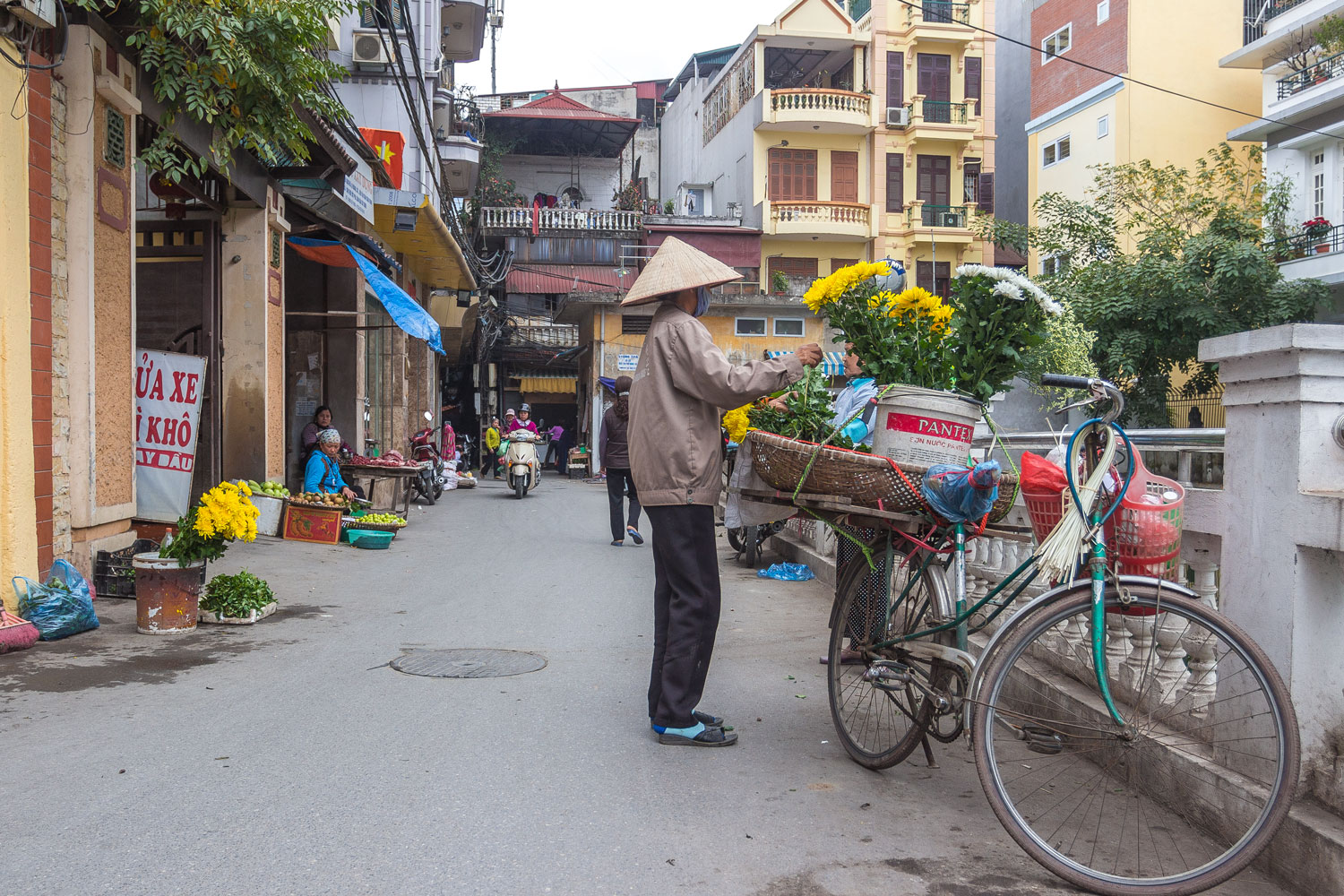

There are also slums remaining in Saigon. To find them, I had to read reports from certain analysts who study Asian countries and compare maps. After about an hour of walking around the city in search, I managed to find the poorest neighborhoods scattered along the river and well hidden from tourists. However, these are genuine slums, meaning they are illegal areas with an unknown population size.


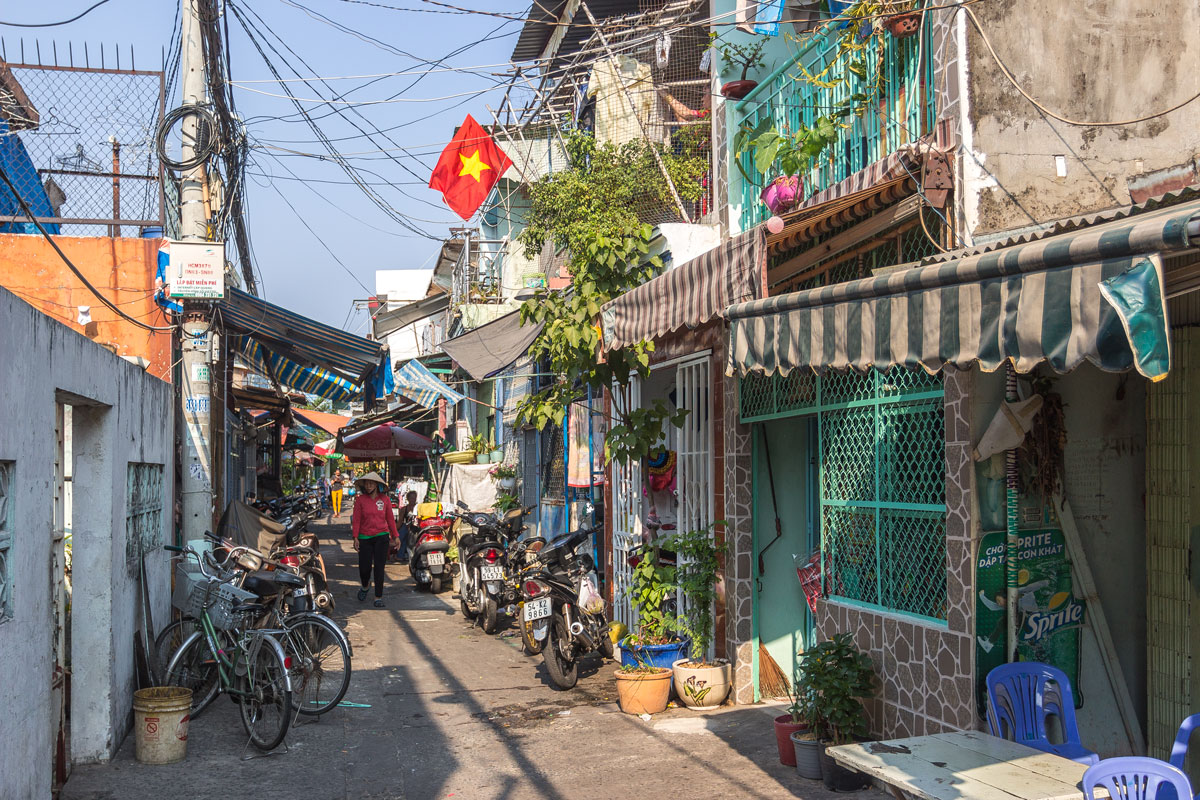


Two different worlds, isn’t it? But how is that possible?
Why did Hanoi, the victor in the war, supported by China and the USSR, and largely unaffected by bombings, yield to Saigon, a devastated and defeated center of the conflict? How did such a stark contrast arise within one country?
It all comes down to the complex interplay of economy, politics, and local governance that developed in North and South Vietnam.
In the early 20th century, Vietnam’s economy was equally capitalist and under the control of colonial France. The North and South differed primarily in terms of production: industrial production grew in Hanoi, while agriculture dominated in Saigon. Although this indicates some climate difference, it is unlikely that this disparity can be considered decisive, as one would expect the industrialized Hanoi to surpass the agrarian Saigon in terms of economy. However, the observed outcome completely contradicts this expectation.
As mentioned before, it is not possible to attribute all the causes solely to climate or mentality. The climate difference between Hanoi and Saigon is significant enough for rice to grow better in the south, but not substantial enough to account for truly significant economic differences. As for mentality, the author firmly believes it does not exist at all, but that’s a discussion for another time. For now, it is sufficient to understand that there are no significant differences between the southern and northern Vietnamese people — they are one nation. What else? The geography of the country... Certainly, Saigon has a more advantageous location as a seaport. However, its economy is not solely built on transportation. Saigon is evolving into a financial center, attracting investments, and witnessing the development of IT technologies and startup hubs. None of these are present in Hanoi.
Why?
The divergence of paths between the North and the South begins around the 1930s when Ho Chi Minh establishes the Communist Party of Vietnam. Initially, the circle is based in neighboring China: in Guangzhou, Hong Kong, and Macau, and during World War II, it evolves into a powerful revolutionary movement called Viet Minh with its headquarters in Hanoi.
In this process, the emergence of Ho Chi Minh and his creation of the Communist Party was nothing more than a historical coincidence. Each person acts based on their internal goals, finding their own methods and means to achieve them. It happened that at that time in Vietnam, a strong leader named Ho Chi Minh emerged, who supported Marxist-Leninist ideas and found the strength to implement them in his country. He could very well not have appeared, or someone else could have emerged instead. It is impossible to imagine what path the history of Indochina would have taken in that case.
The phenomenon of the emergence of Vietnamese communism specifically in North Vietnam instead of the South can be explained by two main reasons. Firstly, it was the proximity to China, where a communist party already existed at that time, which in turn drew inspiration from the Soviet Union. Secondly, it was the distance from the major positions of colonial France: Saigon, which was the capital of the colony and conveniently located as a seaport.
When World War II ended, a colonial war broke out in Vietnam between the North and the South. The positions of the Communist Party were already strengthened in Hanoi from that moment on and throughout the war, ultimately leading to the final political division of the country into two parts in 1954. North Vietnam began building communism.
What does the construction of communism mean? Its essence lies in the elimination of private ownership of the means of production and the organization of a planned economy. The first step towards the red abyss is to seize production from private hands and transfer it to the state. In other words, into different private hands that have previously gained power and, as a result, most likely have no idea how to produce anything at all.
The second step is to destroy the free market and establish a planned economy. A planned economy entails approximately equal working conditions, equal wages, and the absence of competition. In the market, goods are produced by millions of different people with a million different approaches to their consumers, constantly competing with each other and improving production processes in pursuit of maximum benefit. In contrast, with a planned economy, a single central authority—the state—tries to accurately calculate demand and supply, produce a strictly determined number of goods, and distribute them evenly among the entire population. This mathematically enticing task turns out to be completely unfeasible, not only due to the limitations of computational technology. There are grounds to believe that such calculations are fundamentally impossible.
But even if that’s not the case, and a planned economy is theoretically possible, it shouldn’t be dismissed from a practical standpoint: how can we trust a group of former underground revolutionaries to calculate the desires and needs of millions of people five years ahead, when humanity has yet to learn how to predict the weather beyond three days?!
Nevertheless, North Vietnam adopts a planned economy and destroys private property. The first five-year plan ends in failure. Then a war with South Vietnam ensues, which, by the way, now seems quite pragmatic: if the economy fails, start a war.
And North Vietnam emerges victorious in this war, but even after the reunification of Vietnam, nothing changes. The second five-year plan fails just like the first, and so does the third. As a result of implementing its communist program, Vietnam predictably plunges into abject poverty by the mid-1980s. By that time, China had long undergone market reforms under Deng Xiaoping, while the stagnating Soviet Union was lingering through its final days out of inertia.
Finally, in 1986, a local Gorbachev-like figure emerges to power in Vietnam — comrade Nguyen Van Linh — who proves to be level-headed and initiates cautious market reforms. Collective farms are disbanded, price controls are lifted, private property is reintroduced, and a relatively free market is launched. Following this, there is a logical temporary setback (given that prices were artificially controlled), but then the economy begins to grow exponentially.

⁂
After the Vietnamese restructuring, the situation significantly improved throughout the country, although there is still room for improvement. Another interesting fact: Saigon has pulled far ahead compared to Hanoi.
Now that the reader has a general understanding of Vietnam’s history, I will briefly summarize and explain where this discrepancy originated from. The reasons are not complex:
- Saigon began to slide into communism later. When South Vietnam first embarked on this path, the North had already passed the first five-year plan and had been under the rule of the Communist Party for almost 20 years. The South has been communist for only 10 years, and the north for almost 30 years.
- Due to this time difference, as well as due to the stronger influence of France, local government in Saigon has historically been more liberal and capitalist. Even after the overthrow, many of the members of the previous government did not go anywhere and to varying degrees found places in power. After “perestroika”, their positions in the local administration turned out to be initially stronger than the positions of their colleagues from Hanoi, the ideological center of Vietnamese communism. This has led to the creation of a freer local market, loosening control over business and reducing the level of bureaucracy.
- For the same reasons, the tradition and culture of doing private business has developed and preserved better in Saigon. The population of Saigon eventually turned out to be more enterprising and prepared for the free market. Ultimately, the trade agreements signed by Vietnam in 2000, as well as WTO accession, had the best effect on Saigon — all investments poured in there.
Currently, Saigon’s GDP per capita is nearly twice as high as in Hanoi. Bloomberg refers to Saigon as the “economic hub” of Vietnam, and the local startup ecosystem produces several excellent projects each year, attracting investments from developed countries.
And while in Hanoi, the city center is occupied by the colossal mausoleum of Ho Chi Minh...

In the center of Saigon, the red Soviet posters against the backdrop of huge business centers evoke nothing but a slight smirk.
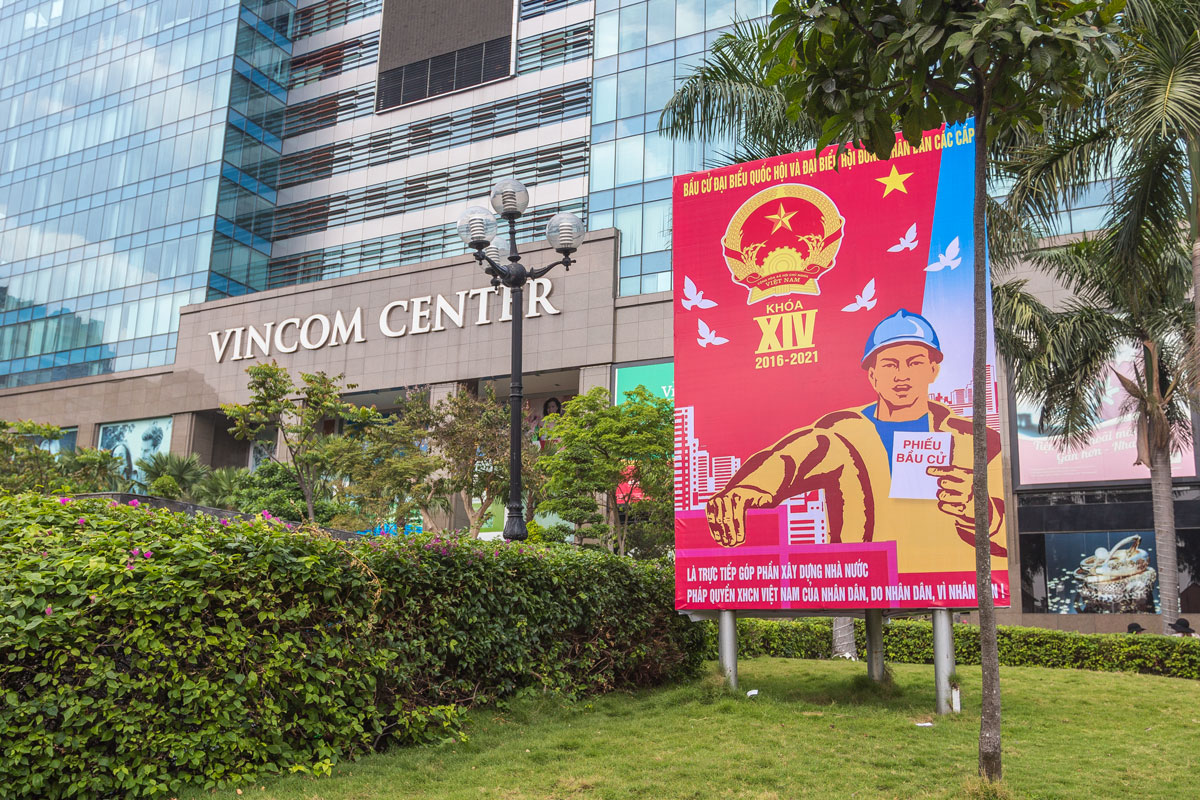
And only one question lingers in the mind: how much longer will Saigon need Hanoi?


